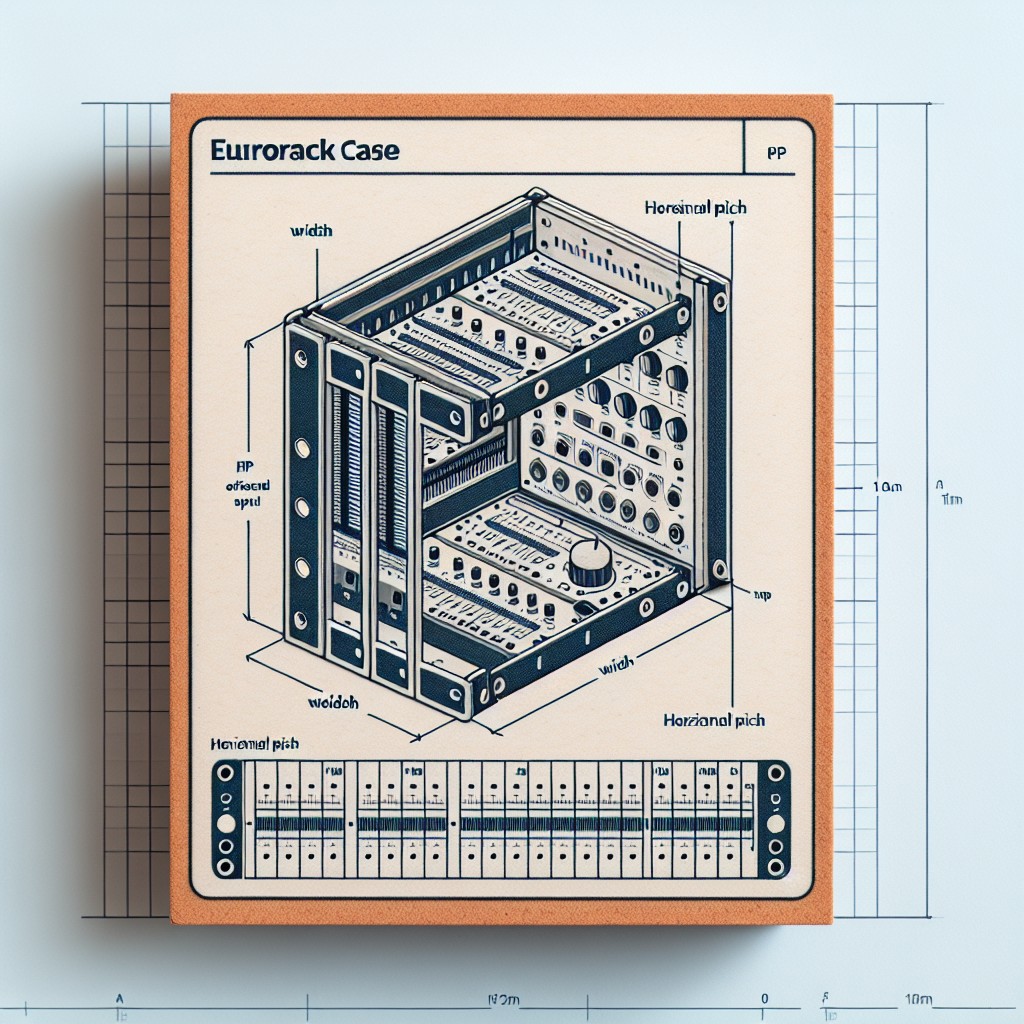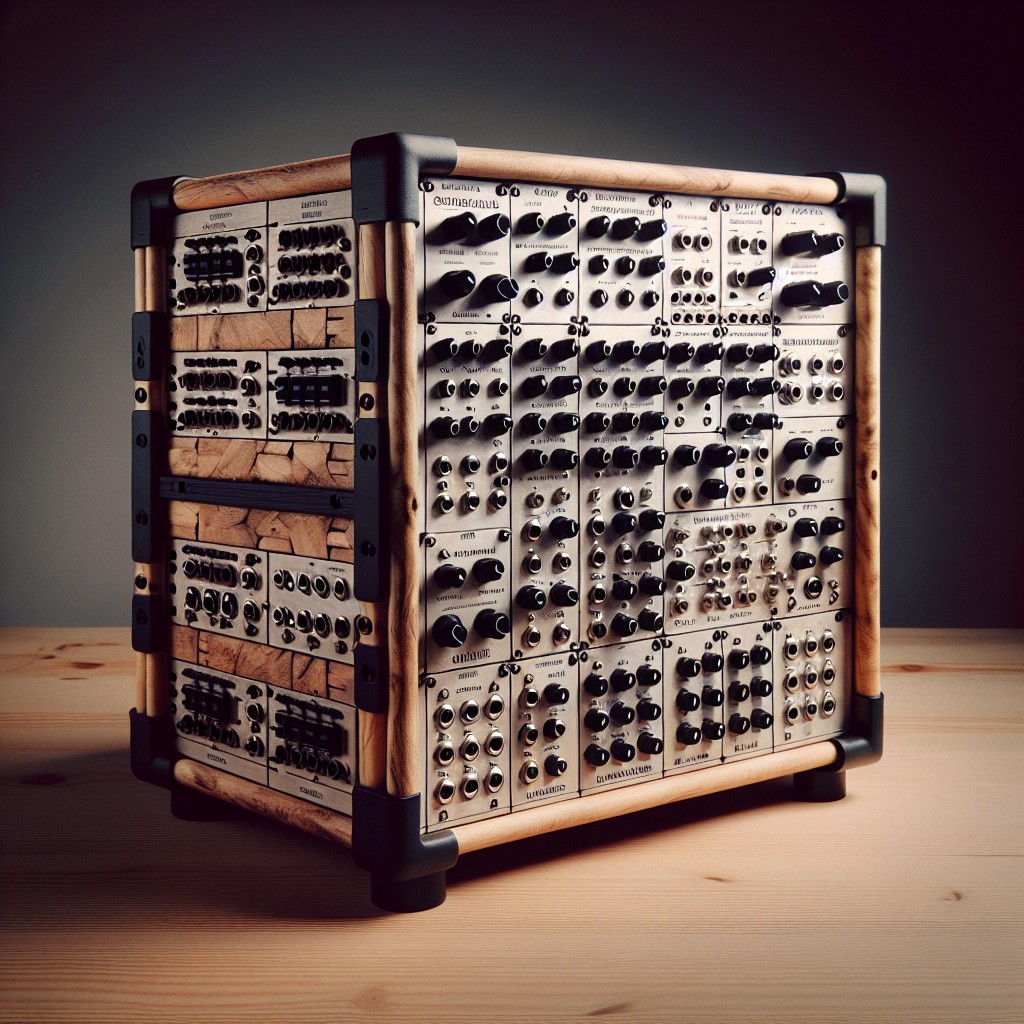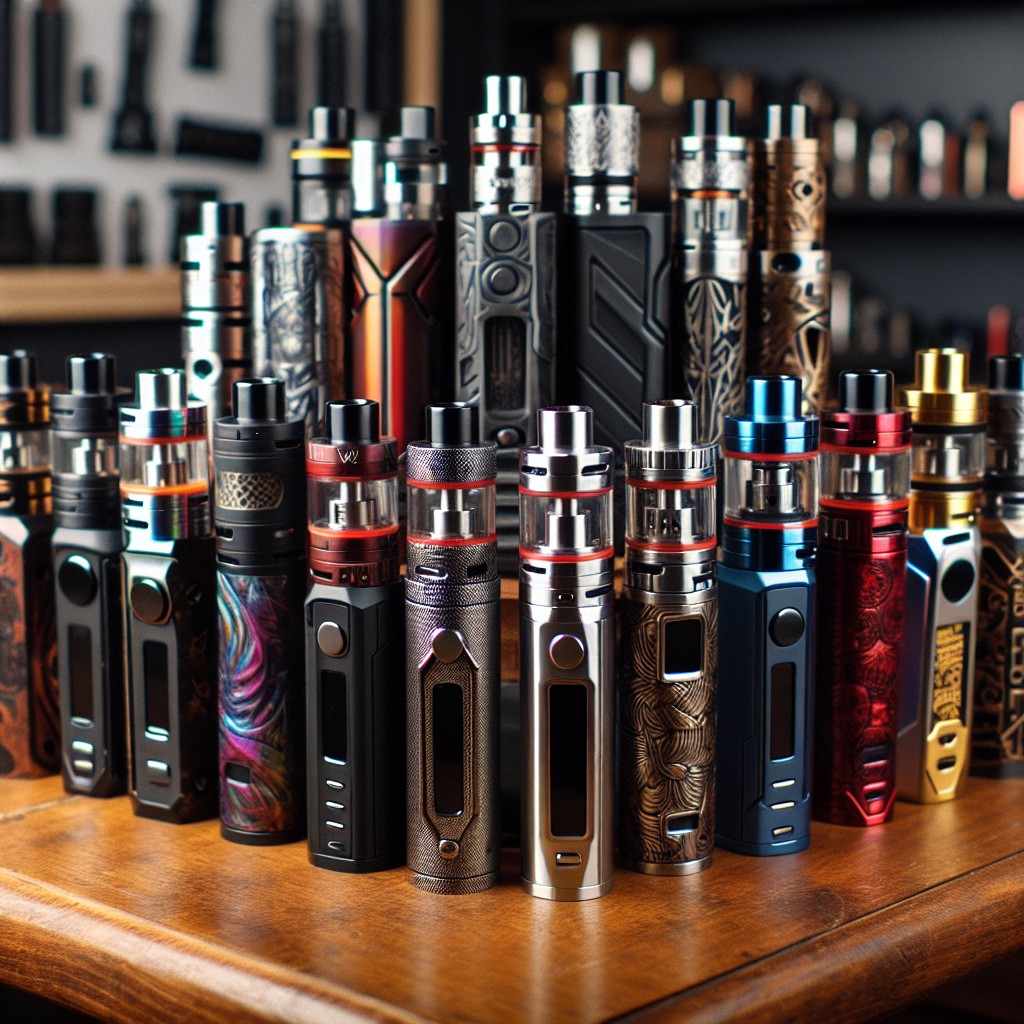Last updated on
Because affordable doesn’t have to mean compromising on quality, this detailed comparison uncovers the cheapest Eurorack cases in the market, complete with their noteworthy features and advantages.
Key takeaways:
- Understanding Eurorack case dimensions: HP, U, and depth
- Materials and construction: solid vs DIY options
- Power supply inclusion: hidden cost factor to consider
- Portability: weight and size for live performers
- Expandability: planning for future modular growth
Understanding Eurorack Case Dimensions and HP

Navigating the world of Eurorack cases begins with grasping the fundamental measurement: horizontal pitch, or HP. This unit, approximately equal to 0.2 inches, refers to the width of the modules you’ll insert into your case. Typical cases range from 84HP to 168HP, allowing for a variety of module configurations.
When considering case size, bear in mind that more HP isn’t always better. A beginner’s setup might thrive in a compact 84HP case, whereas seasoned enthusiasts could require 104HP or more to accommodate a diverse collection of modules.
Height, measured in units (U), is another dimension to be aware of. The standard Eurorack case is 3U in height, though cases can span from 1U to 9U or more, impacting the types of modules that can be housed.
Depth is the third crucial dimension; it’s imperative to ensure your modules aren’t too deep for your selected case, especially if you opt for a skiff, a shallower case option designed for portability.
In summary, comprehending Eurorack case dimensions means considering the width (HP), height (U), and depth of your intended setup, striking a balance between space for modules and the physical constraints of your creative environment.
Materials and Construction: Solid Vs. DIY Options

When scouring for the most affordable Eurorack cases, materials and construction play a pivotal role in both price and durability. Pre-fabricated cases often feature robust metals or wood, providing stability and protection for modules. A heavy-duty metal case could last for years but might pinch your wallet more than its wooden counterpart.
On the flip side, DIY solutions offer a budget-friendly alternative. Enthusiasts may opt for lightweight and inexpensive materials such as acrylic or even build one from scratch using available schematics. This route opens up a world of customization, from size to design features, all while keeping costs low. It’s essential, however, to factor in the time commitment and skill level required to ensure a DIY case meets power and protection needs efficiently.
Power Supply Inclusion: The Hidden Cost Factor
When sizing up the price tag on an economical Eurorack case, the presence, or absence, of a power supply is a pivotal component to factor into your overall cost assessment. Often, the allure of a low upfront cost can be offset by the need to purchase a separate power supply unit. This can not only affect the convenience but also the compatibility and total expense.
- Assess if a power supply is included; confirming this can save you an unexpected additional outlay.
- Check compatibility with your current or planned modules to prevent power mismatches and potential damage.
- Review the case’s milliamp (mA) specifications against your modules’ requirements to ensure sufficient power.
- Consider the kind of connectors provided (e.g., flying bus cables, busboards); this affects the ease of module installation and available space.
- Keep in mind that a higher-quality power supply can be a smart investment, reducing noise and improving module performance.
Remember, a well-powered case is a bedrock for a smoothly operating Eurorack system. Prioritize power just as much as price for the best results in your modular journey.
Portability: Weight and Size for Live Performers
For live performers, lugging around heavy gear can turn any gig into a chore, so when considering a Eurorack case, weight is a critical factor. Opt for lightweight materials like aluminum over heavier woods. Slim, compact cases are also preferable for traveling, as they can easily fit into tight spaces, whether in a car trunk or on a crowded stage.
Size matters not just in weight but in dimensions. A case that’s too large might offer more space for modules but can become unwieldy in transit and on stage. Live performers should find a balance between sufficient module capacity and a footprint that doesn’t dominate performance areas.
Keep in mind that some cases come with travel-friendly features, such as handles and protective covers. Moreover, consider if the case can be powered easily on the go — does it have a power supply that accepts different voltages for touring abroad? These practicalities can make or break your performance experience.
Expandability: Considering Future Modular Growth
As you delve into the realm of modular synthesizers, think long-term about your musical journey. Starting with a modestly-sized Eurorack case might seem economical, but growing your collection means you’ll need more space. Instead of purchasing multiple small cases over time, which can become expensive and cumbersome, it’s often more prudent to invest in a larger case from the outset.
Consider these factors for future-proofing your setup:
- HP Space: Go for a case with more horizontal pitch (HP) than your initial modules require. This will grant you the freedom to add more modules without the immediate need to upgrade your case.
- Row Count: More rows mean more vertical room for modules. Starting with a two or three-row case allows ample space for expansion without reconfiguring your entire system.
- Power Supply: Ensure the case’s power supply can handle additional modules. Look for cases with robust power options to avoid power starvation as your collection grows.
- Case Configuration: Modular cases can be configured in different orientations. Some offer the flexibility to stack or arrange them in various configurations, accommodating an evolving setup.
- Manufacturer Ecosystems: Some manufacturers design their cases to be interconnected, providing a seamless way to expand your system within their product ecosystem.
By taking these considerations into account, you’ll not only save money in the long run but also enjoy a more versatile and future-ready Eurorack experience.
Brand Reputation and Support: Warranty and Community Feedback
When selecting an affordable Eurorack case, don’t overlook the credibility of the manufacturer. A respected brand often ensures a product meets industry standards and is more likely to offer a warranty, safeguarding your investment. Moreover, companies with positive community feedback typically provide better customer support, should you encounter any issues.
Check user forums and product review sections for first-hand accounts of customer service experiences. This real-world feedback can give you insight into how a company handles defects, warranty claims, and technical support. Remember that a cheaper case could end up costing more in the long run if it lacks reliable support or a dependable warranty. Engaging with the modular synthesis community, both online and in person, can also guide you to brands that stand by their products and foster consumer trust.
User Reviews: Real-World Performance Insights
Diving into user reviews can offer a treasure trove of information not typically found in product specifications or marketing materials. By exploring feedback from individuals who have already taken the plunge with a budget-friendly Eurorack case, prospective buyers can gain insights into aspects like durability, ease of assembly, and noise issues that may not be immediately apparent.
Durability Concerns: Users often report on the structural integrity of the case, commenting on materials that feel less robust than pricier counterparts.
Assembly and Usage: Positive or negative experiences with setting up the case and integrating modules can influence your decision-making process. Look out for comments relating to the ergonomics and accessibility of connections.
Noise Level: Since power supply quality varies, some reviews highlight unwanted noise or interference issues, critical points for audio clarity in your modular setup.
Customer Service: Experiences with the manufacturer’s responsiveness to problems or queries can affect long-term satisfaction and are a frequent topic in user discussions.
Real-World Fit: Sometimes what looks good on paper doesn’t translate to a comfortable fit for everyone’s array of modules. User testimonials can help identify if a “cheapest” option truly accommodates your needs.
These nuggets of information can be pivotal in choosing a case that not only appears budget-friendly but also performs reliably in everyday use.
Cheapest Eurorack Case Alternatives: Used and Second-Hand Markets
Navigating the second-hand market can lead to significant savings on a Eurorack case without compromising on quality. Start by scouting online forums and specialized synth communities, where enthusiasts often list their used gear at competitive prices. Additionally, auction sites and social media groups dedicated to modular synthesis can be treasure troves for deals.
Inspect photos and descriptions carefully for any signs of wear and tear or damage. Inquiring about the case’s history, including any modifications or repairs, is prudent. Negotiate the fair price based on these factors. Remember, a used case might lack a warranty, so factor in the potential for future maintenance costs.
Consider local music stores or pawn shops for second-hand options. Here, you can physically check the case and possibly test it with your modules before purchasing. This hands-on approach can help ensure compatibility and detect any issues not evident through online listings.
Before finalizing any purchase, verify that the case comes with a compatible power supply or be prepared to invest in one. Upgrading a used case with a new power supply might still total less than a brand-new case, but it’s crucial to make these calculations in advance.
Arturia RackBrute Eurorack
The Arturia RackBrute makes a compelling case for itself by offering a blend of affordability and functionality.
Its robust steel and aluminum frame can accommodate a variety of modules, ensuring durability is part of the package.
Options come in 3U and 6U sizes, measured in rack units, with the former providing 88HP and the latter, a spacious 176HP for module installation.
The power supply is a notable advantage, providing reliable and clean power to numerous modules, and is included in the price, which cuts additional cost concerns.
Compatibility with Arturia’s MiniBrute 2 and 2S synths transforms this case into a powerful, integrated music creation station.
Users value the RackBrute for its ergonomic design, featuring an adjustable rack angle that enhances access and interaction with modules during performances or studio sessions.
It’s tailored for both newcomers and seasoned modular enthusiasts looking for a travel-friendly setup without breaking the bank.
Tiptop Audio Mantis
The Tiptop Audio Mantis offers a blend of affordability and functionality, striking a balance that appeals to both beginners and seasoned modular enthusiasts. Its two 104 HP rows ensure ample space for a variety of modules. Benefit from its lightweight, yet sturdy design, making it an optimal choice for those who perform live or move their setup frequently.
A standout feature is the integrated power supply, which simplifies setup and removes the need for external power modules. This not only saves space but cost as well. The leg brackets are a thoughtful addition, tilting the case at a comfortable angle for easier access and visibility during use.
Available in various colors, this case adds aesthetic value to your modular setup. The Mantis also includes a set of Z-Rails without threaded inserts, meaning the use of sliding nuts or threaded strips is necessary. This could be a slight inconvenience but allows for customization in securing modules.
Overall, the Mantis case is celebrated for providing reliable protection, easy transportation, and a user-friendly interface, all at a price that undercuts many competitors in the market.
Recap




